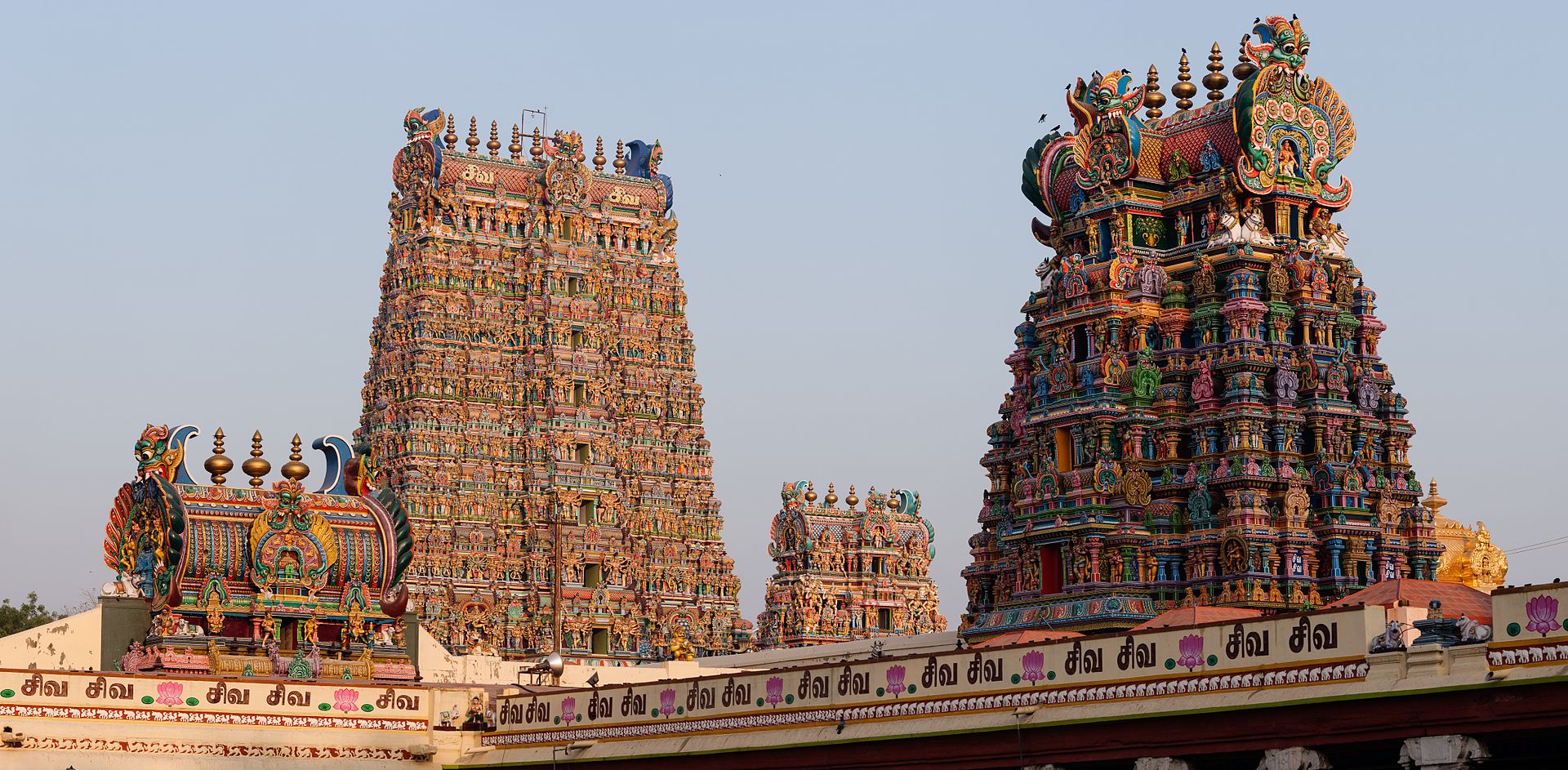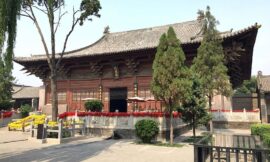The Meenakshi Amman Temple, located in the city of Madurai in the southern Indian state of Tamil Nadu, is a magnificent architectural marvel and a revered pilgrimage site for Hindus. Dedicated to Goddess Meenakshi, an incarnation of the goddess Parvati, and her consort Lord Sundareswarar, a form of Lord Shiva, this ancient temple is one of the most prominent and iconic landmarks of Madurai, often referred to as the “Athens of the East” for its rich cultural heritage and historical significance.
The history of the Meenakshi Temple dates back over two millennia, with the earliest references to the temple found in ancient Tamil literature and inscriptions. According to legend, the temple was founded by the Pandyan king Kulasekara Pandyan after he had a divine vision of Goddess Meenakshi, who instructed him to build a temple in her honor. Over the centuries, the temple complex underwent several expansions, renovations, and embellishments under the patronage of various dynasties, including the Pandyan, Chola, and Nayak rulers, resulting in its present-day grandeur and splendor.
The Meenakshi Temple is renowned for its stunning architecture, intricate sculptures, and vibrant colors, reflecting the Dravidian style of temple architecture that flourished in South India. The temple complex spans an area of approximately 45 acres and is enclosed by towering gopurams (gateway towers) adorned with thousands of meticulously carved sculptures depicting various mythological figures, celestial beings, and deities from Hindu mythology.
One of the most impressive features of the Meenakshi Temple is its towering main gopuram, known as the “Raja Gopuram,” which rises to a height of over 50 meters and is adorned with elaborate carvings and decorative motifs. The gopuram is adorned with vibrant paintings and sculptures depicting scenes from the Ramayana, Mahabharata, and other Hindu epics, creating a visual spectacle that captivates devotees and visitors alike.
The temple complex is laid out in a rectangular plan and consists of several concentric enclosures, each containing a multitude of shrines, mandapams (pillared halls), sacred tanks, and other structures. The sanctum sanctorum of the temple houses the main deities, Goddess Meenakshi and Lord Sundareswarar, enshrined in separate sanctums adorned with gold and precious jewels.
One of the highlights of the Meenakshi Temple is the “Hall of Thousand Pillars,” or “Ayiram Kaal Mandapam,” a majestic pillared hall with intricately carved columns that support the ceiling. Each pillar is adorned with exquisitely carved sculptures of gods, goddesses, mythical creatures, and celestial beings, showcasing the skill and craftsmanship of ancient artisans.
The Meenakshi Temple is not only a place of worship but also a center of culture, art, and spirituality, hosting various religious ceremonies, festivals, and cultural events throughout the year. The annual Meenakshi Thirukalyanam festival, celebrating the divine marriage of Goddess Meenakshi and Lord Sundareswarar, is a grand affair, drawing thousands of devotees and tourists from all over the world.
In conclusion, the Meenakshi Amman Temple is not only a testament to the architectural prowess and artistic heritage of ancient India but also a sacred abode of devotion and spirituality that continues to inspire awe and reverence among devotees and visitors alike. Its timeless beauty, rich mythology, and vibrant atmosphere make it a must-visit destination for anyone seeking solace, enlightenment, and a deeper connection with the divine.



